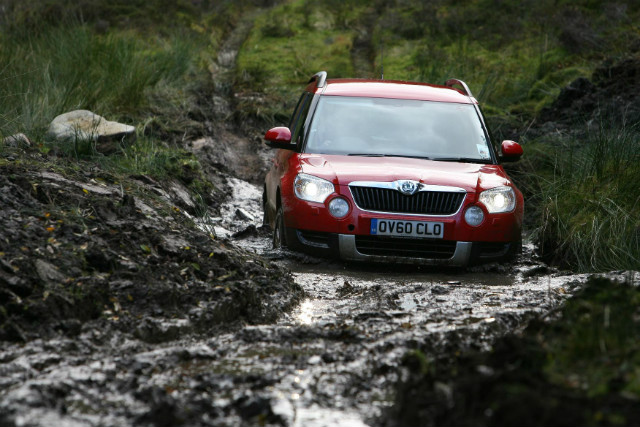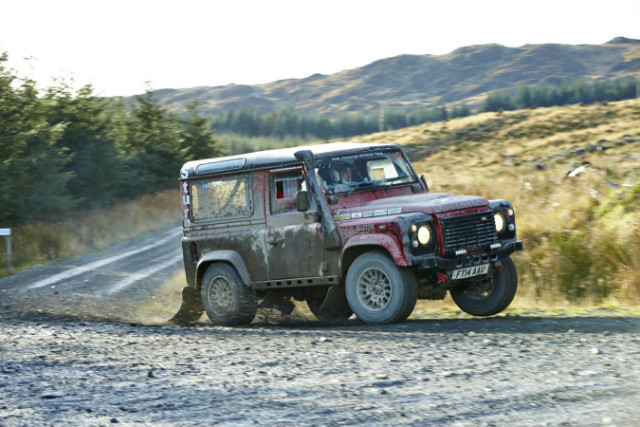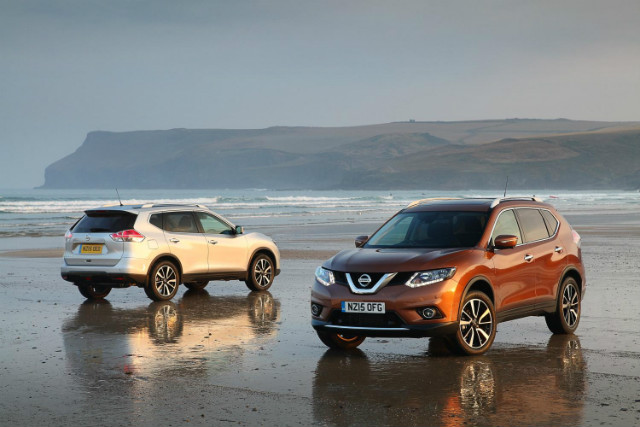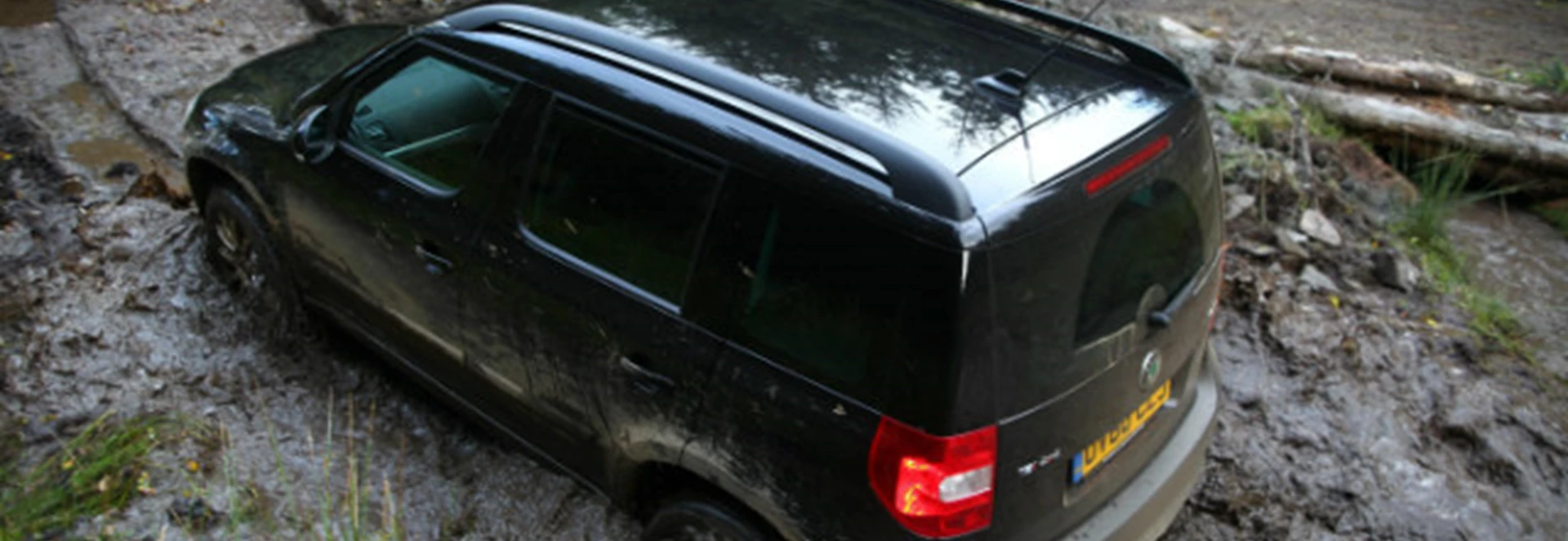Off-road driving can prove a very challenging thing and requires a lot of concentration and patience usually. But the experience should ultimately prove to be a hardly stressful one as long as you use the right sort of car and have some useful advice in mind.
All kinds of tips and ‘knowledge’ gets shared online in regards how to drive off-road properly, but not every piece of advice that gets shared around is actually that helpful. Some of it may even have the opposite effect.
In this guide we’re going to be addressing five of the biggest myths about off-road driving that have been spread and explain why they should be ignored.
For more guidance, you can also check out our separate tips for off-road driving guide.
You shouldn’t brake downhill

There are obviously major differences to how you’ll use your pedals and gears when driving off-road compared to when driving on the road, and quite a few of these differences centre around going up or down hills.
However, a misleading piece of advice that has spread in the past is the idea that you should never use your brakes while going downhill because it’s too dangerous and you’ll lose control of your vehicle.
It’s true that in an ideal world, you wouldn’t brake while on a decline, but if you find yourself travelling a little too fast and there’s enough traction on the surface you’re on, then gently applying the brakes is a worthwhile move.
Don’t be scared to use your brakes while going down a slope, just make sure you have a good feel for the surface you’re on and gently apply the pedals. Keep the gearing as low as possible too.
Manual gearboxes are better for off-road driving
When picking the right sort of car to go off-road driving in, some may suggest a manual gearbox is the only proper way to go. This may have been a wise choice in the past, but nowadays this is an outdated piece of advice that doesn’t reflect the performance automatic cars can deliver.
Automatic cars are in certain ways easier to use for off-road driving than manual vehicles, as they’re easier to control at very low speeds and usually come with large, excellent brakes.
If you have an automatic car that was designed with off-road trekking in mind, then useful driving aids like hill descent control are likely to be onboard too.
Wider tyres always work better for off-roading

The supposed logic behind this myth is that wide tyres will work better at dealing with the rough stuff because they have a greater contact patch. Narrower tyre options though technically have the same level of contact patch. It just so happens that the narrow tyres’ contact patch is thin and long, while wider tyres have a short and wide patch.
Narrow tyres have lower rolling resistance which (assuming they have the right sort of tread) makes them better and more fuel efficient when it comes to off-roading.
You should descend in neutral if first gear seems too high
For similar reasons why you shouldn’t coast downhill on a public road, going into neutral while going downhill on an off-road surface is a bad move.
Being in neutral in this situation robs you of precious engine braking and increases the risk of the wheels locking up or the brakes overheating on long runs. However big or small the incline happens to be, keeping your car in gear is always wise.
Mud tyres don’t work on sand

Some current new cars which are marketed with potential off-road driving in mind will be fitted with mud and snow tyres as a standard feature (or at least as an option maybe).
Such tyres, however, have ended up in the past being branded as effectively useless for driving on sand. While it’s true that mud tyres aren’t really designed for this surface, they can be used to drive on sand if the pressures of the tyre are at an ideal level.
You’ll probably want to consult with your manufacturer or an expert mechanic first before you do anything, but a significant reduction in the amount of pressure in your tyres should make them much more effective coping with sandy surfaces.




